Spring walleye fishing on Lake Erie
Lake Erie is always an anticipated change for me in the spring, as it gives my clients a chance to troll for trophy walleye. The Western Basin of Lake Erie is a large body of water, with diverse fishing options such as reefs, islands, water color changes and multiple baitfish options all packed into one general area. Let’s review how I determine starting points, lures, lure colors, speed and depths to target.
Depending on the winds, we launch out of Sterling State Park in Michigan or from Catawba Island in Ohio. Catawba Island is closer to the reefs and islands that hold most of the fish in early spring. The islands form natural highways for migrating bait and walleye and create current that attracts fish.
Water color and clarity are important this time of year, and I use the online satellite overview to help me determine the best areas to start my fishing. Stained water usually holds more bait and catchable walleye than very clean or dirty water does. Fishing the edges where stained water meets dirty or clean water can be very productive in the spring.
Since I start fishing the third week of March, I look for mud flats rocky bottom in the stained water. Fish will hold in deeper, softer bottom until they feel the urge to move to shallow gravel to spawn, then will quickly return to the deeper mud to rest a day or two before starting to feed heavily. Since fish can be scattered, sonar and SideScan are important for finding fish before I set lines.
Now that we have found our fish, it’s time to pick our lures. In spring I like long, skinny, crankbaits with a wobble like Bandits, Rapala DHJ12 and Salmo Free Diver 12. I start with basic, proven colors like firetiger, bumblebee, purple chartreuse, bandit grapefruit and the Salmo holographic red head.
My first spread of the day has baits at multiple depths to quickly see where the most aggressive biters are. I will set lures back every 10’ (30, 40, 50 etc.). On one side of the boat I stick with “0” numbers (30, 40, 50 etc.) and the other side I run “5” (35, 45, 55 etc.). I use a small grease board in the boat to keep track of what I have out and what is working. Once I start getting bites at a particular depth, I will start moving lines and putting different lures and colors into the strike zone. If a hot bite slows, I start all over again by spreading my lures through the water column until we hit a “hot” depth then set everything there. In the spring the best depth may change multiple times a day, especially if the weather or sunlight penetration changes.
Our usual starting speed is about 1.2 mph, but when catching fish, I will keep increasing the speed until the fish tell me I’m going too fast. One of the tools I depend on, especially with all the current in the area I fish, is a Fish Hawk X2 portable probe that shows me the actual speed my lure is moving at the depth it is fishing. Underwater currents can affect how your lure is running and it is critical to be able to monitor your true lure speed.
Networking is an important part of fishing, and I hope we can improve the information sharing we do this year on the Teachin Fishin platforms. I’m looking forward to being part of the Teachin Fishin “team” and sharing what I can to help everyone catch more fish this year it. The beauty of your story is that it’s going to continue to evolve and your site can evolve with it. Your goal should be to make it feel right for right now. Later will take care of itself. It always does.

